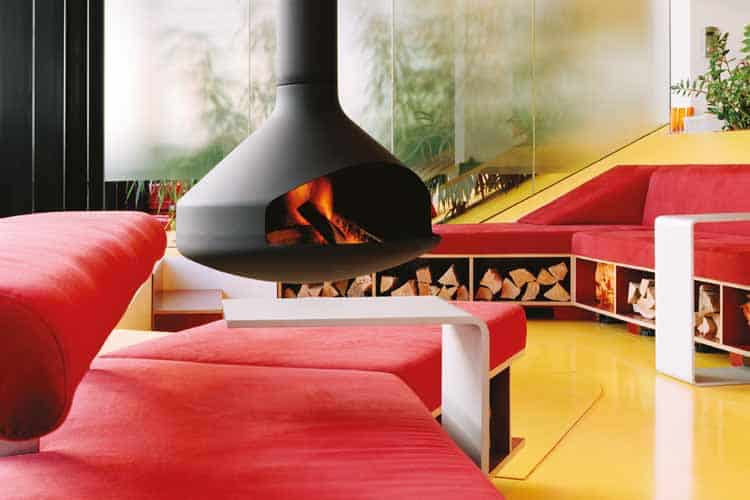Environmental Healing
WITH DESIGN AGAINST FEAR – HOW ARCHITECTURE INFLUENCES THE HEALING PROCESS
Dr. Stephan Ziegler, dentist and owner of Germany’s largest individual dental practice, set his bet on unusually designed practice rooms 25 years ago. Initially in spacious rooms with stucco and heavy wooden furniture, since July 2005 then in the new futuristic rooms of KU64 on the Kudamm. Here Dr. Ziegler engaged the German star architects GRAFT. They created for him a large and unusual oasis inspired by yellow-orange dune landscapes and light-flooded rooms with an extraterrestrial touch. So it was said goodbye to clinically white practice rooms and instead of a boring waiting room, a modern and stylish waiting lounge was invented.
“Architecture can be more than beautiful. Buildings and interiors can take away fears and even support healing processes. This is called Healing Architecture,” says Thomas Willemeit of the GRAFT Architects, who have also implemented the charité’s new and innovative intensive care unit.

Why is design and ambience important in a dental practice or clinic?
This was well received by patients as well as by staff and the press. That made for a run on his new practice, something that quickly spread around. However, his goal was to create a great environment for patients, which is visited even if it does not hurt first. Patients should like to come to the dentist and spend time in the practice – he has succeeded! Waiting times are often accepted here – the waiting time is no longer an ordeal but a welcome change. Another good side effect was that even other dentists sent their disused anxiety patients to KU64 – and behold, they were treated at KU64.
Children also like to come to Dr. Ziegler’s dental practice. KU64 employees often report on parents who can only persuade their children to leave the practice using their greatest persuasive power. Some children love to play here and spend time that some parents now plan to visit the dentist at KU64 as a small excursion and take their time.
The environment influences the healing process
As early as the 1980s, studies in American clinics found that a pleasant environment can influence the healing process. At that time, for example, many children’s hospitals began to add oversized graffiti to walls, to set up small play paradises, to paint the rooms individually and colorfully. They found that this was not only well received, but that the children were able to recover more quickly. That relieved children, parents, and the American health care system.
The Technical University of Berlin also deals with the effect of architecture in medical institutions and how it can influence the healing architecture. Will patients recover faster if the atmosphere and the building are right? What influence do forms, light, plants, smells or colours have? Scientists agree that the environment also positively influences the healing process. There are about a thousand studies worldwide. They show that patients who are cured in a pleasant hospital environment, for example, need fewer medications. In addition, their blood pressure decreases, the heart rate decreases, the patients experience less stress.
Another Healing Architecture study in Danish intensive care units demonstrated that architecture and design in the hospital influence positive and negative processes and behaviour between patients, relatives and staff.
